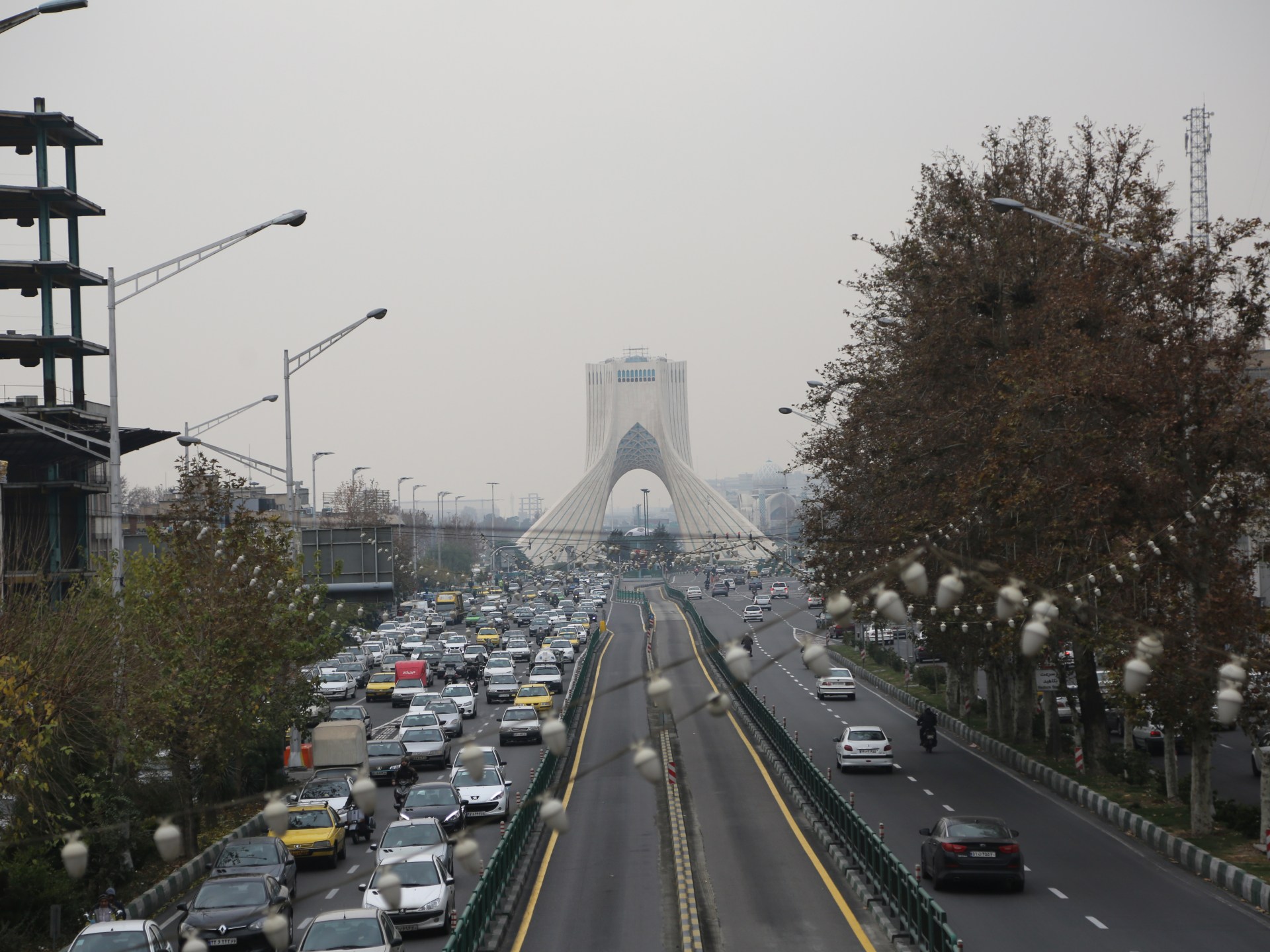Tehran -
It may be confusing for the Arab visitor to Persia that he did not leave the Arab world, as some Iranian cities resemble their Arab counterparts in spoken language, clothing and culture, in addition to the signs written in Arabic letters, but they are not in Arabic.
This feeling is not limited to the province of Khuzestan in southwestern Iran, but the Arabs of Iran have been keen for decades to settle in areas and neighborhoods that have become a destination for Arab visitors, including the Daulatabad neighborhood south of the capital, Tehran, and the town of Martyr Beheshti near the city of Mashhad (northeast of the country), where displaced people have settled. The Iran-Iraq War (1980-1988) there.
Whether the Arab visitor is in these areas or other parts of Iran, he will not face a major problem in communicating with the Iranians, who adopted Arabic as an official language throughout the 4 decades following the introduction of Islam to Persia after the fall of the Sasanian Empire.
Ajam speakers
The scientific and literary output of Iranian scholars and thinkers during that era led to a wide cultural and literary exchange between Arabic and Persian, despite their differences in linguistic roots, as Persian is derived from the Indo-European languages, while Arabic belongs to the Semitic languages.
Despite the campaigns launched by some nationalist movements calling for a return to Persian and purifying it of extraneous vocabulary, Arabic became the second language after Persian after the victory of the Iranian revolution in 1979, according to Article 16 of Chapter Two of the Iranian constitution.
Since then, Iranian universities have taught Arabic more deeply to students of the branches of Sharia, law, philosophy and literature, not to mention the branches of Arabic language and literature, translation of Arabic literature and translation studies in Arabic language and literature, in which tens of thousands of students have graduated over the past four decades, in addition to religious schools and religious seminaries that The Arabic language is officially adopted.
And after the language teaching institutes witnessed an increasing demand for learning Arabic in Iran during the past decades, they began to complain about the lack of students who wanted to learn Arabic for more than a decade, which reflected negatively on the reality of the Arabic language, which suffers from the majority of its speakers (other than Iranian Arabs) in the Iranian street.
The language of civilization
In turn, Professor of Arabic Language at the University of Tehran, Dr. Muhammad Ali Azar Shab, attributes the reason for the poor conversational skill of Arabic language graduates in Iran to excessive attention to the rules of morphology and grammar, adding that it is not possible to turn a blind eye to the impact of undermining relations between Iran and the Arab countries in the decline in Iranian turnout. To learn the Arabic language during the last period.
In his interview with Al-Jazeera Net, Ather Shab recalls that the imam of Arabic grammar, Amr bin Othman bin Qanbar, nicknamed "Sibawayh", was an Iranian from the outskirts of the city of Shiraz, just like the founder of Arabic rhetoric, the author of the books "Dalail al-Ijaz" and "Asrar al-Balaghah" Abd al-Qaher bin Abd al-Rahman Ibn Muhammad al-Jurjani, who never left Persia, along with other scholars and writers, left a rich imprint on Arabic literature.
The professor of Arabic at the University of Tehran continued that academic circles in his country consider Arabic the language of Islamic civilization and not a foreign language, as it is still taught in the Faculty of Arts alongside the Persian Language and Literature branch, while many of the world's languages are taught in the Faculty of Foreign Languages.
Ather Shab considered that sectarian and doctrinal differences devour the body of the Islamic nation and alienate its peoples, stressing that the more the Islamic civilization shines, the greater the demand for learning its Arabic language.
Despite the decline in the demand for Arabic, a limited segment of Iranians wishing to develop Arabic conversation go to language teaching institutes, along with other institutes run by some Arab embassies in the capital, Tehran, and pages interested in teaching Arabic dialects on social media.
Language people
As for the reality of the Arabic language among the Arabs of Iran, writer and researcher Saeed Busamer says that the sciences of the Arabic language flutter in the sky of Ahwaz, which remained attached to its identity despite the failure of a segment of its people to express their identity and language, adding that, unlike the first years of the 21st century, the tremendous efforts made by the people of this land It bore fruit, and today the Ahwazi community is known for its Arabism inside and outside Iran.
Young men from Iran's Arabs in the city of Ahwaz, southwest of the country (Al-Jazeera)
In his speech to Al-Jazeera Net, Busamer considers that the literary seminars and festivals of Arabic poetry have a prominent imprint in the crystallization of identity and the importance of the Arabic language in society, which contributed to the dissemination of his Arabic production and the enrichment of the library with books and articles, in addition to the pens that influenced the Arab media and positively affected the knowledge of the Ahwazi street more and more. identity and language.
The Iranian researcher concluded that what distinguishes the Arabs of Iran from other nationalities in the country is their productions in Arabic, such as collections of poetry, collections of stories and novels, stressing that the celebration of some Ahwazi families on the International Day of the Arabic Language and its publication on communication sites led to an increase in popular awareness and highlighting the importance of the mother tongue in Preserving the entity of society and defining itself under the influence of the official Persian language in schools, departments and the media.

